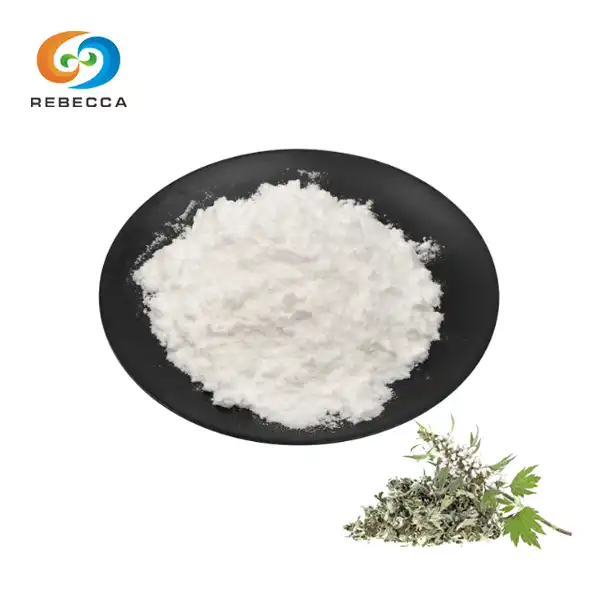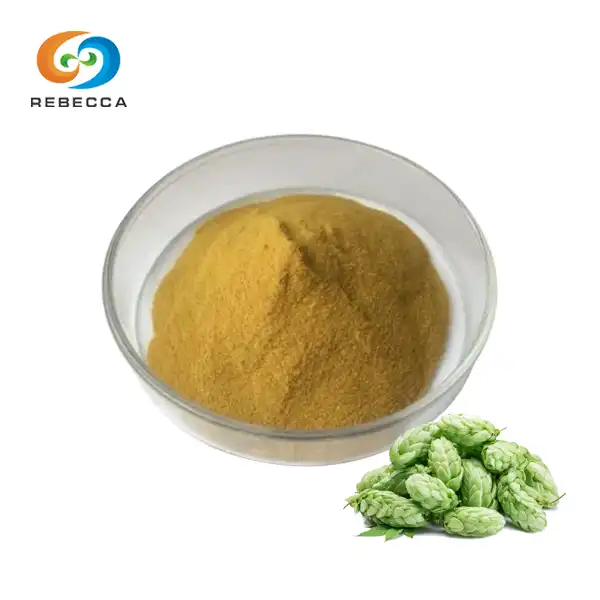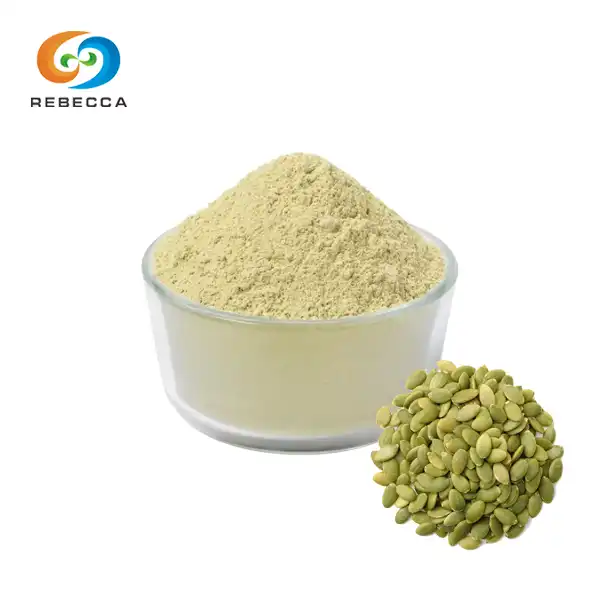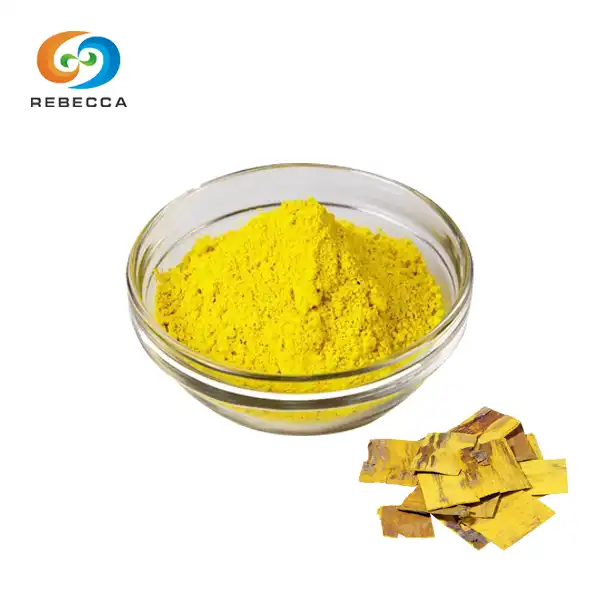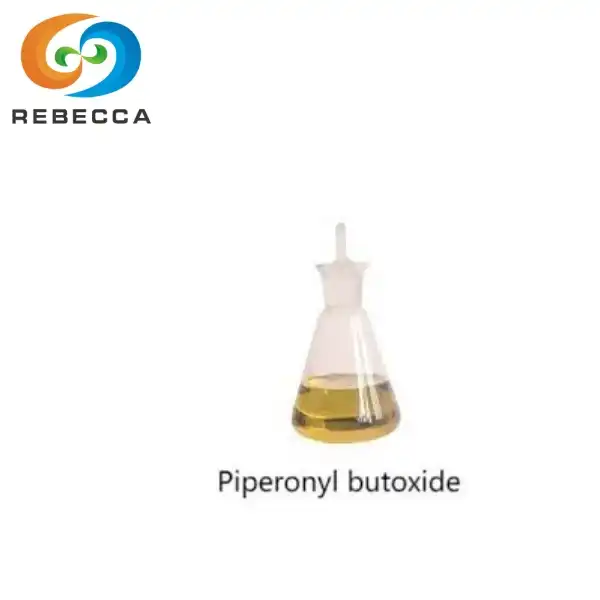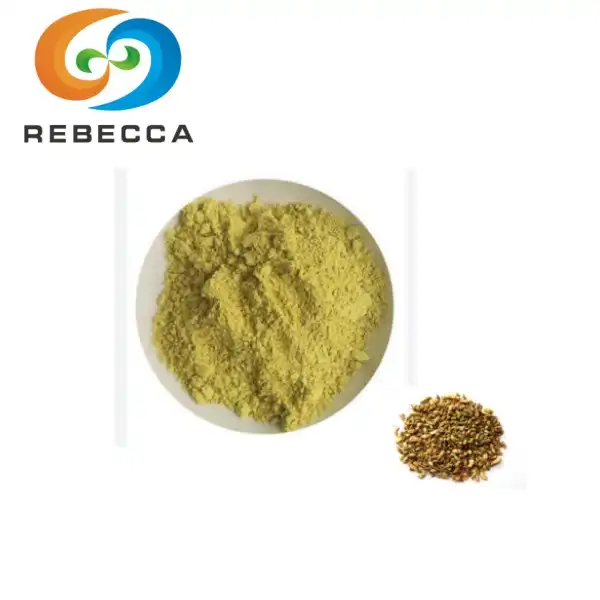Is tomato extract the same as tomato paste?
Tomatoes are a versatile and nutritious fruit that can be found in various forms, from fresh produce to processed products. Two popular tomato-derived ingredients that often cause confusion are tomato extract and tomato paste. While both are derived from tomatoes, they have distinct differences in their production process, composition, and applications. In this article, we'll explore the key differences between tomato extract and tomato paste, focusing on their production processes, composition, and appearance and texture.

Production Process: Tomato Extract VS Tomato Paste
The production processes for tomato extract and tomato paste are quite different, resulting in products with distinct characteristics and uses.
Tomato Extract Production:
Tomato lycopene extract, particularly tomato lycopene extract, is produced through a more complex and specialized process:
- Selection of ripe tomatoes rich in lycopene
- Washing and crushing of tomatoes
- Extraction using solvents or supercritical CO2
- Filtration and purification
- Concentration and standardization
- Drying to produce a powder form
This process aims to isolate and concentrate specific compounds, primarily lycopene, from the tomatoes. The result is a highly concentrated product with a standardized content of beneficial compounds.
Tomato Paste Production:
Tomato paste, on the other hand, is produced through a simpler process that focuses on concentrating the entire tomato:
- Selection and washing of ripe tomatoes
- Crushing and heating to break down cell walls
- Removal of seeds and skins
- Evaporation to remove water content
- Pasteurization and packaging
This process results in a thick, concentrated product that retains most of the tomato's original components, including water-soluble vitamins and minerals.

Composition
The composition of lycopene extract and tomato paste differs significantly due to their distinct production processes and intended uses.
Tomato Extract Composition:
Tomato extract, especially tomato lycopene extract, is characterized by its high concentration of specific compounds:
- Lycopene: The primary carotenoid in tomatoes, known for its antioxidant properties
- Other carotenoids: Beta-carotene, phytoene, and phytofluene
- Tocopherols: Vitamin E compounds with antioxidant properties
- Phytosterols: Plant compounds with potential health benefits
The exact composition can vary depending on the extraction method and standardization process, but tomato extract typically contains a much higher concentration of these beneficial compounds compared to whole tomatoes or tomato paste.

Tomato Paste Composition:
Tomato paste, being a concentrated form of whole tomatoes, contains a broader range of compounds found in the original fruit:
- Water: Despite concentration, tomato paste still contains some water
- Carbohydrates: Primarily sugars and fiber
- Proteins: Small amounts of various amino acids
- Vitamins: Particularly vitamin C and various B vitamins
- Minerals: Potassium, iron, and other trace minerals
- Lycopene and other carotenoids: Present, but in lower concentrations than in tomato extract
The composition of tomato paste more closely resembles that of whole tomatoes, albeit in a more concentrated form.

Appearance And Texture
The appearance and texture of tomato lycopene extract and tomato paste are distinctly different, reflecting their unique production processes and compositions.
Tomato Extract Appearance and Texture:
Tomato extract, particularly tomato lycopene extract, is typically available in powder form. Its characteristics include:
- Color: Deep red to reddish-brown
- Texture: Fine, dry powder
- Consistency: Easily dispersible in various mediums
- Aroma: Mild tomato scent, less pronounced than tomato paste
The powder form of tomato extract makes it highly versatile for use in various applications, from food supplements to cosmetic formulations.
Tomato Paste Appearance and Texture:
Tomato paste is a thick, concentrated product with distinctive characteristics:
- Color: Deep red
- Texture: Smooth and thick
- Consistency: Paste-like, spreadable
- Aroma: Strong, concentrated tomato smell
The thick, paste-like consistency of tomato paste makes it ideal for use in cooking, where it can be easily incorporated into sauces, soups, and other dishes to add concentrated tomato flavor.

Where To Buy Tomato Extract?
While tomato paste is readily available in most grocery stores, high-quality tomato extract can be more challenging to find. For those seeking premium tomato extract, particularly for commercial or research purposes, it's essential to source from reputable suppliers specializing in botanical extracts.
Our company, Rebecca, has achieved the world's first large-scale biological production of tomato extract. Our factory directly supplies top-quality and high-purity tomato lycopene extract. Whether you're in the food industry, cosmetics manufacturing, or scientific research, our tomato extract products can meet your needs with consistent quality and purity.
For more information about our tomato extract products or to place an order, please don't hesitate to contact us at information@sxrebecca.com. Our team of experts is ready to assist you and provide detailed information about our production processes, quality control measures, and how our lycopene extract can benefit your specific application.
References:
- Naviglio, D., et al. (2008). Extraction of pure lycopene from industrial tomato waste in water using the extractor Naviglio®. African Journal of Food Science, 2(2), 037-044.
- Gould, W. A. (2013). Tomato production, processing and technology. Elsevier.
- Rao, A. V., & Rao, L. G. (2007). Carotenoids and human health. Pharmacological research, 55(3), 207-216.
- Canene-Adams, K., et al. (2005). The tomato as a functional food. The Journal of nutrition, 135(5), 1226-1230.
- Shi, J., & Le Maguer, M. (2000). Lycopene in tomatoes: chemical and physical properties affected by food processing. Critical reviews in food science and nutrition, 40(1), 1-42.
- Anthon, G. E., & Barrett, D. M. (2012). Pectin methylesterase activity and other factors affecting pH and titratable acidity in processing tomatoes. Food chemistry, 132(2), 915-920.
